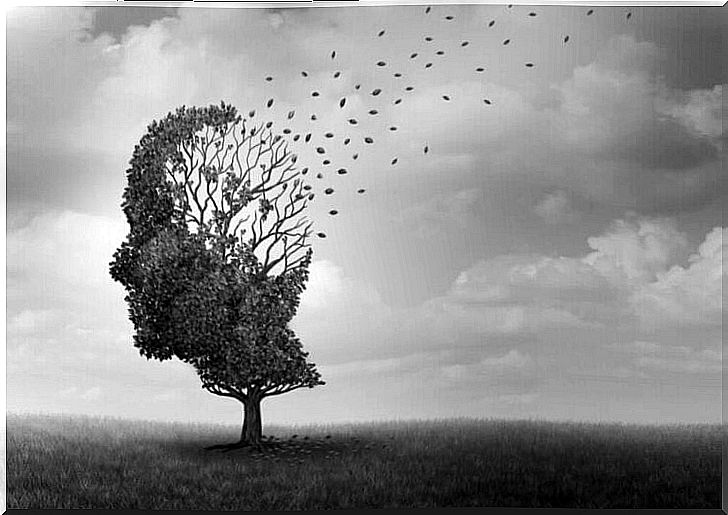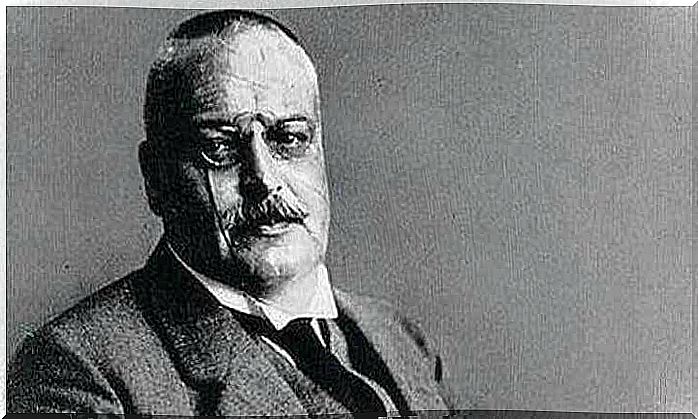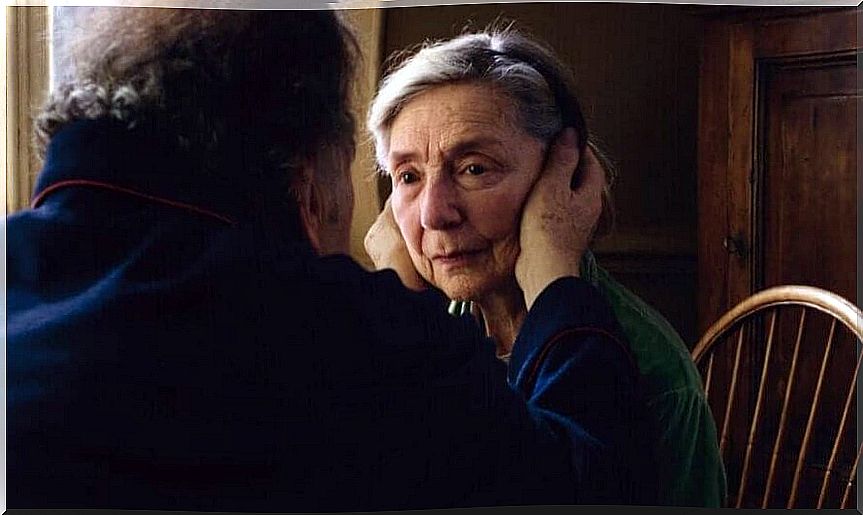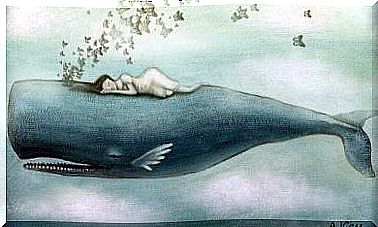Alois Alzheimer, The Man Who Understood Forgetting

Unfortunately, you are probably familiar with Alzheimer’s disease. But you may not be as familiar with the story of the man who discovered it: Alois Alzheimer. The description of this disease has been a great contribution to humanity, which until then did not understand the details of this devastating pathology.
Before Alois Alzheimer’s discoveries, the disease that bears his name today was approached as total dementia. Thanks to this scientist, it was possible to refine the differential diagnosis, that is to say to identify all the characteristics that differentiate this disease from other pathologies. It has continued to be the subject of scientific research ever since.
It is true that this disease continues to have enigmatic aspects for science. However , great progress o nt been made since 1906, when Alois Alzheimer described the disease.
It is not illusory to think that there will be significant progress inherent in its treatment and, why not, its cure, in the years to come. Let us now remember the man who gave rise to this scientific breakthrough.

Alois Alzheimer, its origins
Alois Alzheimer was born in Marktbreit, Bavaria (Germany) on June 14, 1864. Son of a notary, he began, at his express request, to study medicine at the University of Berlin. He only stayed there for a year, however, and then moved to the University of Würzburg.
He made little effort during the first stage of his studies. It is said that he loved drawing at that time, an art for which he had a great talent. He also participates during these years in a saber duel that will leave a mark on his face in the form of a scar.
He finished his studies in 1887 with a license thesis entitled On the serum glands . He didn’t seem to be interested in brain puzzles at the time. Shortly after graduating, he was hired as a private doctor with a woman with mental health problems. He made a five-month trip with her which enabled him to closely follow the evolution of the disease.
Brain research
He was then hired at the hospital for mental patients and epilepsy in Frankfurt am Main, as a resident. There he became chief physician and created a brain research laboratory. It was also there that he met Franz Nissl, a pathologist with whom he formed a friendship that would last his entire life.
The two form a team that studies the anatomy of the brain in depth. Obviously, they do this using the brains of people who have died, so Alois Alzheimer used to say, “I help my patients after they die.” Interestingly, he married the widow of one of his patients in 1894: Nathalie Geisenheimer.
His wife comes from a very wealthy family, which has enabled Alois Alzheimer to devote himself more assiduously to research. The couple had three children. Unfortunately, his wife died suddenly when her husband was only 36 years old. His younger sister, Elizabeth, moves in with him and takes care of the children. They will all move to Munich two years later.
A historical discovery
Once in Munich, Alois Alzheimer worked at the Royal Psychiatry Clinic, as head of the anatomy laboratory. The director of this institution is Emil Kraepelin, one of the most famous psychiatrists in history. Research on different types of dementia is beginning to progress at an unusual rate.
Before going to Munich, Alois Alzheimer was caring for a 51-year-old patient named Augusta D. He has followed his case closely. The woman eventually dies and the doctor can then examine her brain in depth. He studied the case in detail, and presented his findings in 1906.
Alois Alzheimer speaks of a “specific disease of the cerebral cortex”. He describes the most typical symptoms: memory loss, hallucinations and disorientation. From an anatomical point of view, it evokes tangles and neurofibrillary plaques.
These studies were published in 1907. Kraepelin first used the concept of “Alzheimer’s disease” in 1910, in homage to the one who discovered the disease.
Alois Alzheimer then became a teacher. He died of a heart attack on December 19, 1915. The time he spent at the Munich clinic, with Kraepelin, is considered to have marked the golden age of this institution.










